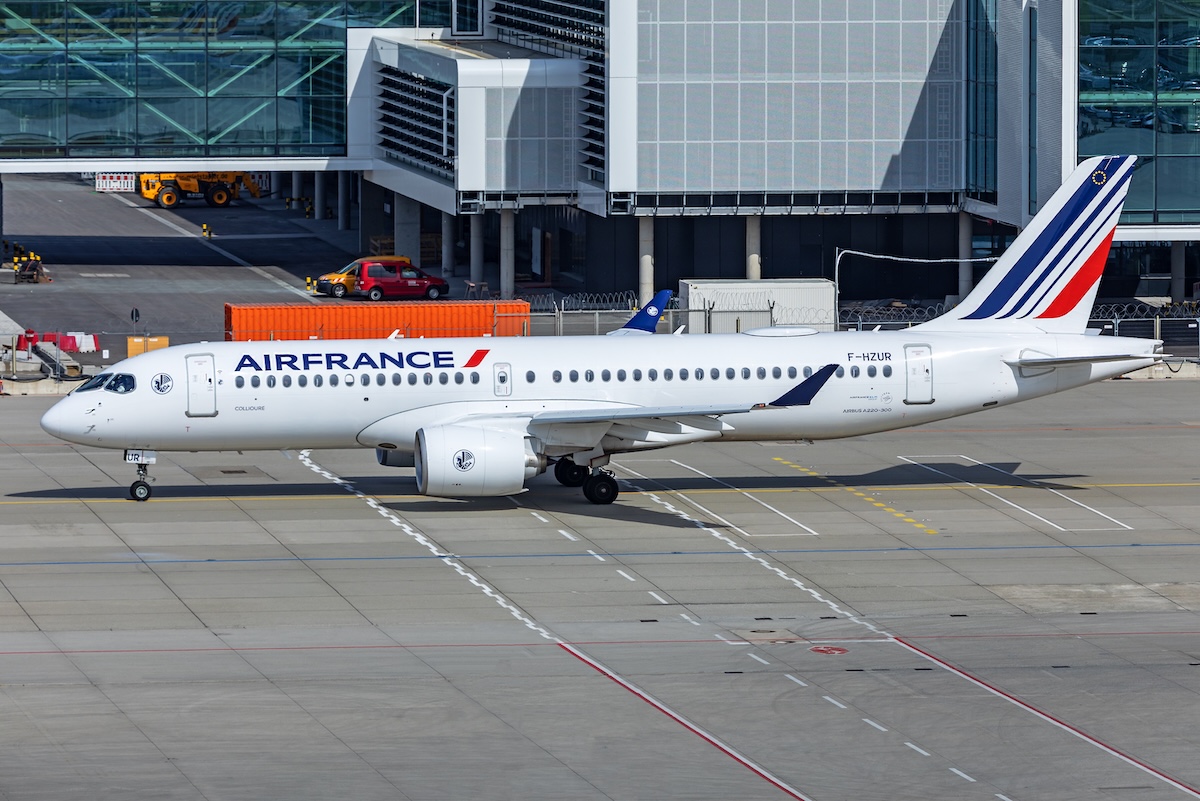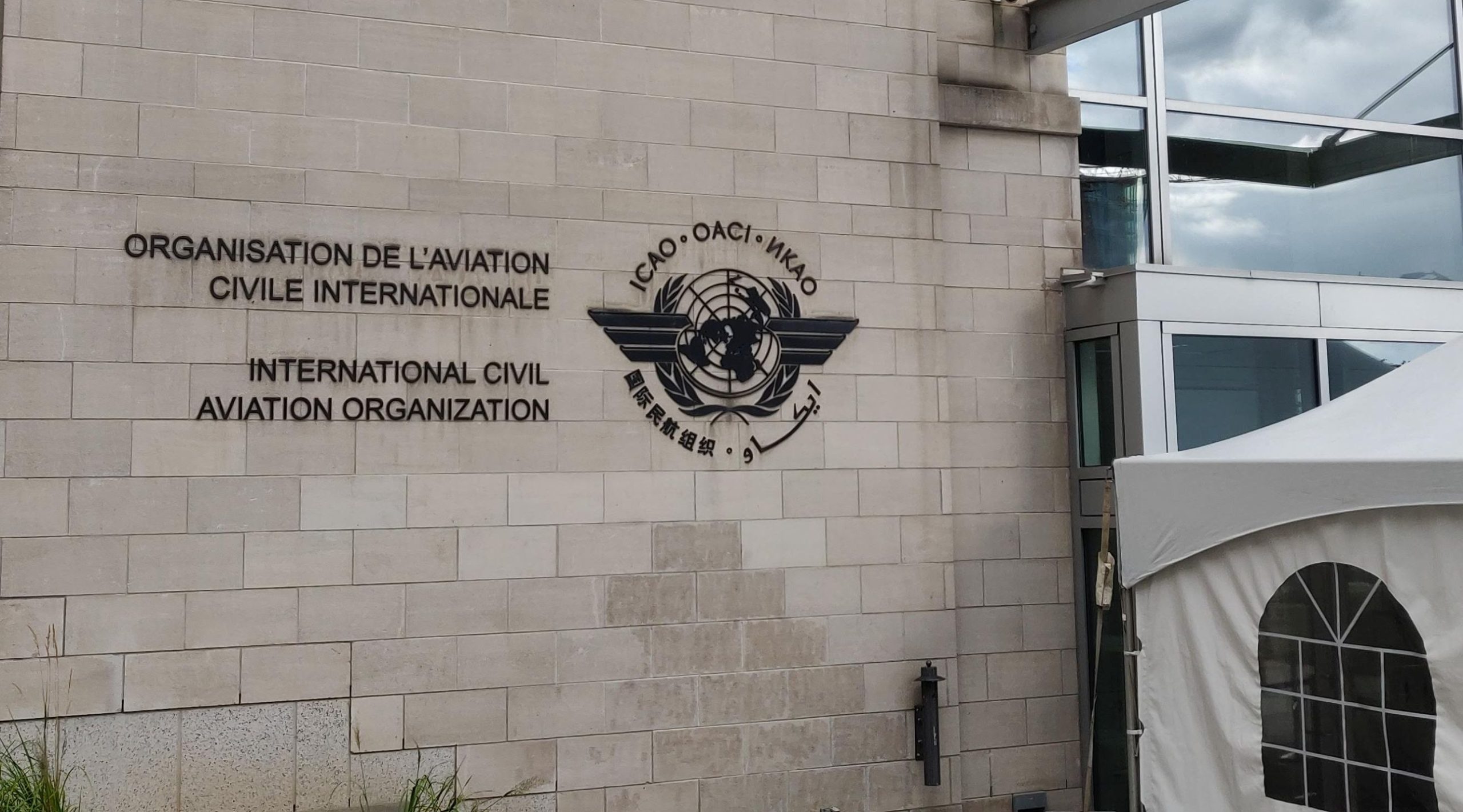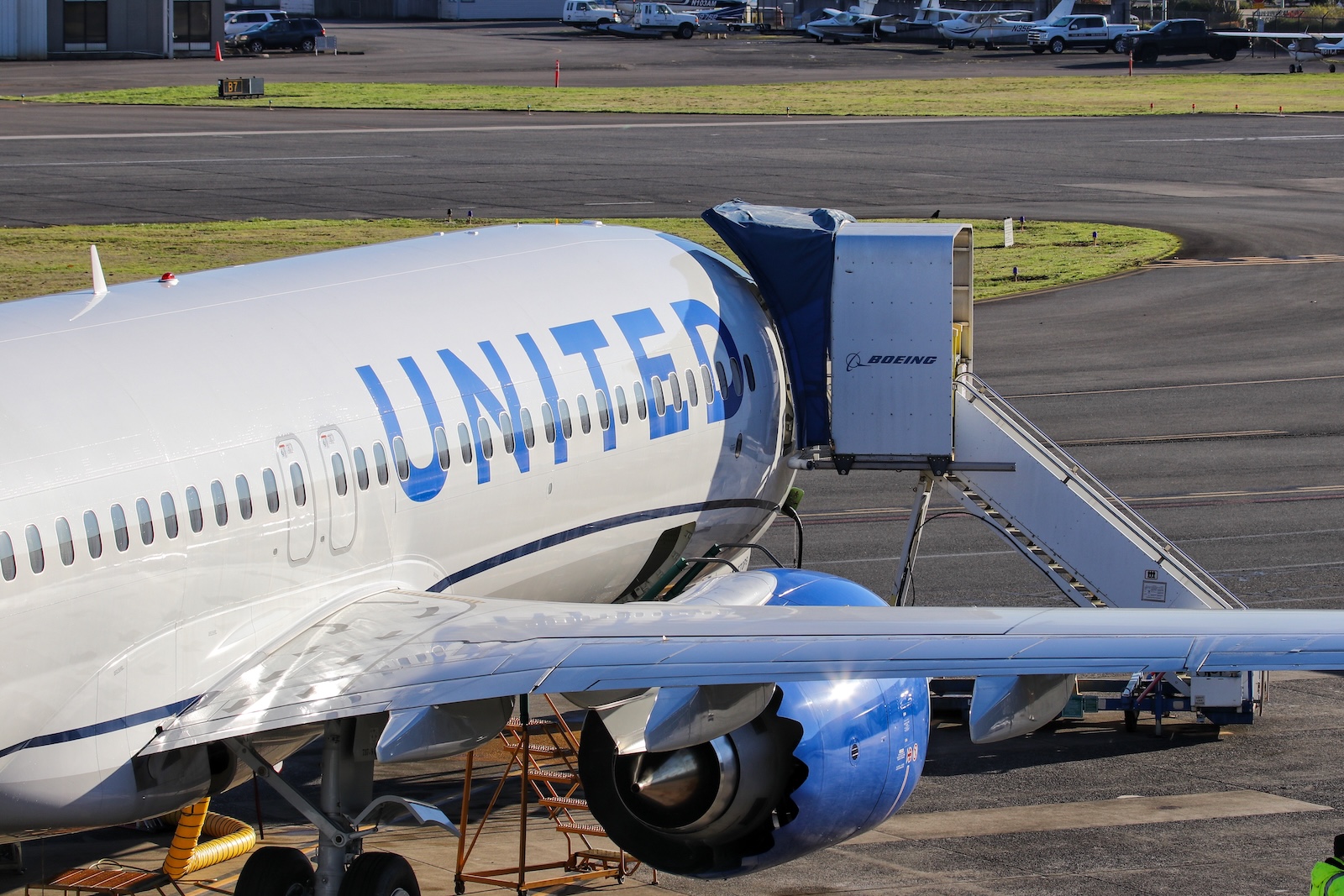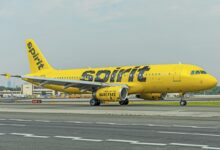Air France-KLM’s 46th Airbus A220 arrived in Paris on Monday after a flight powered in part by sustainable aviation fuel, commonly known as SAF.
The aircraft used a fuel blend containing 50% SAF to fly from Airbus’ site in Mirabel, Quebec, across the Atlantic to France. It was the first time an A220 has used that blend during its delivery.
SAF reduces carbon emissions by at least 65% over a commercial aircraft’s lifetime.
All Airbus aircraft currently in production can operate with up to 50% SAF. The manufacturer is aiming for compatibility at up to 100% SAF by 2030.
Airbus Canada CEO Benoît Schultz said the company’s Mirabel site is projected to cut carbon emissions by around 440 tons this year through the use of almost 45,000 gallons of SAF integrated into operations.
Air France-KLM is among the world’s largest buyers of SAF. The airline said its newest A220, nicknamed “Vaison-La-Romaine,” will reduce greenhouse gas emissions by 25 tons during its lifetime compared to an aircraft using fossil fuels.
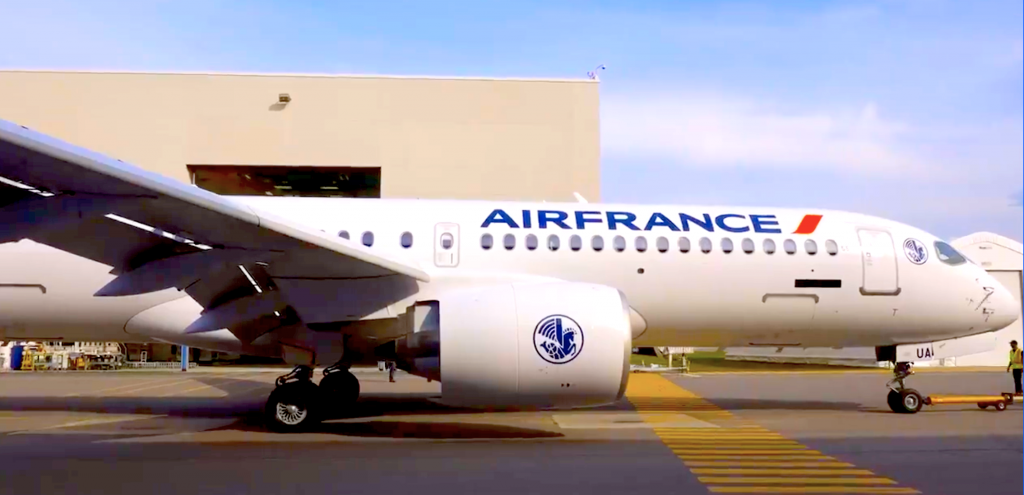
Airbus and Air France-KLM said the ferry flight is part of a broader partnership between the two companies aimed at financing the purchase of SAF, which can cost between two and seven times as much as conventional jet fuel. Air France gives Airbus employees traveling for work the option of donating money toward the purchase of SAF, which the carrier said offsets some of the environmental impact of their trip.
Airbus estimates that, since the beginning of the partnership in November 2023, it has cut its emissions by more than 2,000 tons of carbon through the purchase of over 670 tons of SAF.
SAF can be produced from sources such as plants, algae, tallows, solid biomass, waste oils, and some natural vegetable oils.
Air France-KLM has its own standards for the types of SAF development it supports and only uses fuel that does not compete with human food supply, does not contribute to deforestation, and is not produced from palm oil.


